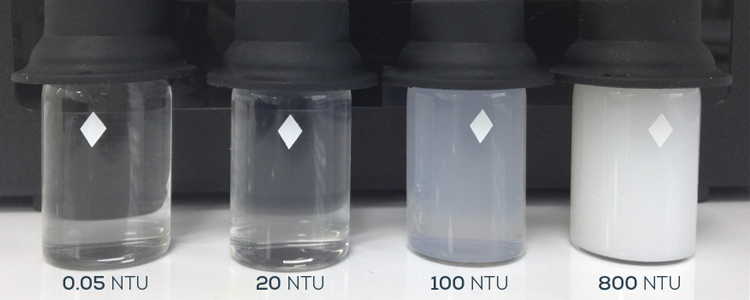The discovery of Reverse Osmosis
Deemed as one of the most significant scientific achievements in human history, the roots to the discovery of reverse osmosis (RO) goes all the way back to 1748 with the observation of osmosis, a process which has been occurring naturally for millions of years and one of the core processes that happens inside the human body every day. So, what is reverse osmosis exactly? In ‘simple’ terms, RO is a technology used for water purification or desalination that works by pushing water under pressure through a semi-permeable membrane which separates dissolved ions and impurities from the source water and allows purified water (known as the permeate) to flow through. It was indeed the specific need to desalinate sea water to address water shortage issues in the US during the 1940s that drove the renewed interest in osmosis - which had been largely unexplored for 200 years – and led to discovering what we now know as reverse osmosis. A new era in water purification and the emergence of the reverse osmosis ‘system’ had begun.
How does an RO system work?
Fast forward to 1965 and the development of the world’s first commercial RO plant in California, a project that immediately drew attention from government and engineers around the world. This would be the beginning of a wave of RO technology advancements that propelled the RO industry forward, with so many now seeing the clear benefits of this ground-breaking water purification process. Essentially, reverse osmosis systems work by using advanced RO membrane technology and a high-pressure housing to force water molecules through the membrane, and capture and flush away the left-over contaminants resulting in clean drinking water. As well as a pressure housing and RO membrane, there are many other vital components that complete an RO system including:
- The feed pump or cold-water line to drive raw water into the pre-treatment system
- Pre-filtration and carbon cartridges used to remove solids and sediments and chemicals such as chlorine that might damage the RO membrane
- The RO system high-pressure/booster pump allows pressurized water to flow through the RO membranes
- Water storage tank which holds the finished water product
Modern industrial RO systems can supply clean water at scale, from factories and towns to cities and even small countries. Some of the largest RO plants are located in the Middle East and can produce in excess of 600 million litres of water per day.
What contaminants does an RO system remove?
RO systems are exceptionally effective at removing up to 99%+ of the dissolved salts (ions), particles, colloids, organics, bacteria and pyrogens from the feed water being pumped in, since water molecules are smaller in size compared to the other ‘contaminant’ material molecules. This means that the water produced from the RO system will be free of contaminants such as bacteria, viruses, dirt, algae, mould, plus many chemical elements such as Calcium, Magnesium and Copper (which is not always a good thing as the body requires these essential minerals to function).
Whilst RO systems are successful in reducing a very high percentage of dissolved solids and particles in water, there are some contaminants that are not removed by RO systems. This is where the pre and post treatment elements of the RO process, and the use of filters to control levels of contamination become even more crucial to the success and longevity of the RO system.
Risks to RO membrane technology
The two biggest dangers that prevent effective operation and long service life of RO membranes are typically due to contact with residual chlorine and high particulate or turbidity levels in the water that results in the fouling and degradation of the membranes.
The impact of chlorine can be virtually immediate. At a chlorins level of 1mg/L degradation in RO membranes can occur between 1 to 6 weeks of exposure and the degradation is irreversible, quickly leading to the need to replace the RO membranes on a frequent basis.
To meet this challenge, the use of pre and post treatment cartridge and carbon filters is vital. Carbon filters lower the residual chlorine in the water to safe levels, protecting and ensuring extended RO membrane life and bag filters will remove any solids before the water goes through the RO process.
Types of filters used: depth filters, pleated depth filters, bag filters carbon filters.
Your RO filtration solutions partner
If you are searching for a new filter solutions’ partner for your RO project, whether its in Food & Beverage, Chemicals & Solvents, Medical or Process Water, PoreFiltration are the ideal supplier to support you. We source the most cost effective, reputable, and readily available filter products on the market, giving you the competitive edge against your rivals. Get in touch for a quote today.





/collage.jpg)
